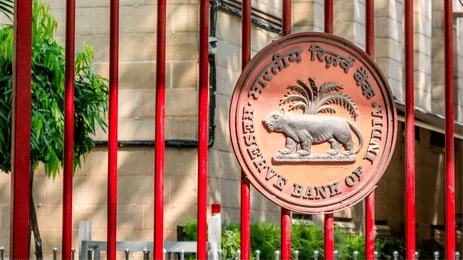A periodic upward review of the deposit insurance cover limit, currently at Rs 5 lakh, can be justified considering multiple factors such as growth in the value of deposits, inflation and rise in income level. Reserve Bank of India Lieutenant Governor M. Rajeshwar Rao has stated.
Delivering the valedictory address at the IADI Asia-Pacific Regional Committee International Conference 2024, organised by the Deposit Insurance and Credit Guarantee Corporation (DICGC) here last week, the Deputy Governor said it is important to ensure the adequacy of insurance coverage for customers’ deposits.
In India, he said, the number of fully protected accounts constitutes 97.8 per cent as of March 31, 2024, of the total number of accounts in the banking system, against the international benchmark of 80 per cent.
While reach and coverage appear satisfactory at the moment, there are likely to be challenges in the future, Rao said.
“Today, we consider India to be among the fastest growing major economies in the world and this healthy pace of growth is expected to continue in the near future. Naturally, a growing and formalising economy can be expected to see a sharp rise in primary and secondary bank deposits, which will create a gap between the desirable insurance reserve requirement and the available reserve,” the senior official said. Reserve Bank of India The official said this in his speech on August 14.
Currently, the limited cover option is adopted in India with uniform deposit insurance cover limited to an amount of Rs 50,000 per depositor of each insured bank.
“Taking into account multiple factors such as increase in the value of bank deposits, rate of economic growth, inflation, rising income levels etc., a periodic upward review of this limit may be warranted. This means that the deposit insurer should take into account the additional funding and should work out suitable options to meet it,” Rao said.
On funding and risk-based premium (RBP), he said that given the diversity of the Indian banking sector, ranging from scheduled commercial banks with global operations to cooperative banks operating as a single branch model with limited computerised operations, meeting data requirements poses a major challenge.
There is also the dilemma that introducing a RBP may make riskier institutions more vulnerable to deposit flight and shorten the distance to bankruptcy, he said.
“However, we must also recognise that with further innovations in product offerings by banks, newer risks that may impact deposit growth and demand for increased coverage for deposits, Risk Based Premium would be a better option for the deposit insurer to ensure the soundness of its finances and also enhance its ability to operate in a changed financial environment.
“It is therefore important that we carefully examine the option of adopting risk-based deposit insurance coverage,” he added.
Disclaimer:
The information contained in this post is for general information purposes only. We make no representations or warranties of any kind, express or implied, about the completeness, accuracy, reliability, suitability or availability with respect to the website or the information, products, services, or related graphics contained on the post for any purpose.
We respect the intellectual property rights of content creators. If you are the owner of any material featured on our website and have concerns about its use, please contact us. We are committed to addressing any copyright issues promptly and will remove any material within 2 days of receiving a request from the rightful owner.

